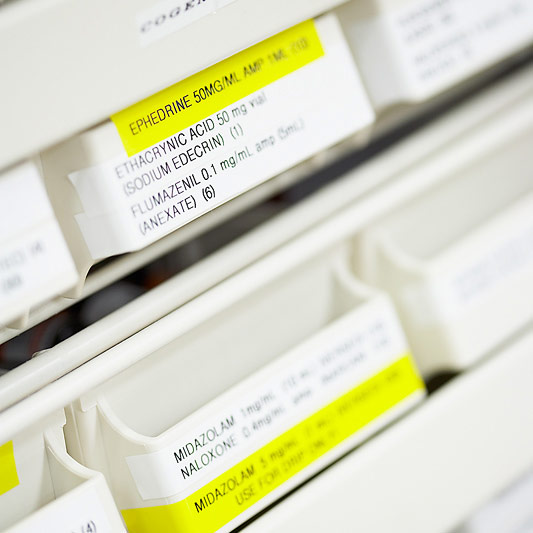
TUESDAY, April 20 (HealthDay News) — A new U.S. study suggests that while one-third fewer teens are turning to inhalants to get high, more youths are now using propellants, such as aerosol sprays designed to clean electronics like computer keyboards.
The results don’t present a full picture of inhalant use because researchers only looked at cases reported to poison control centers. Still, the finding about propellants is significant, said study co-author Dr. Toby Litovitz.
“Parents should be aware that these readily available products are likely to be abused,” said Litovitz, executive and medical director of the National Capital Poison Center, in Washington D.C.
Inhalant users can experience mind-altering effects when they inhale chemical vapors. “Glue sniffers” are perhaps most familiar to the public, but users try to inhale a wide range of other common products, from gasoline to deodorant sprays.
The study authors examined statistics from poison control centers in the United States and found 35,453 cases of inhalant abuse reported between 1993 and 2008.
During that time, the number of annual cases fell by one-third. National surveys also suggest that inhalant use has gone down since the mid-1990s, said University of Michigan research scientist Lloyd D. Johnston, who studies inhalant use.
But in contrast to national surveys that suggest that males and females use inhalants almost equally, almost three-quarters of the cases reported to poison control centers were among males.
Abusers tried to inhale more than 3,400 different products. Almost 16 percent of cases involved propellants, mainly computer and electronics duster sprays.
Other types of commonly used inhalants included gasoline, paint (particularly spray paint), paint thinner, lighter fluid and aerosol air fresheners.
Butane, found in lighters, wasn’t very commonly used but was linked to the most deaths. Propane, air fresheners, nitrous oxide and carburetor cleaners were also especially likely to cause death, the researchers found.
Smaller numbers of cases — in the hundreds — involved typewriter correction fluid, ink markers and hair spray, among other products.
“Only two product categories were implicated more frequently in cases that involved girls compared to boys: nail products and hair sprays,” study co-author Litovitz said.
Few of the 30,094 reported cases of use of a single inhalant resulted in death. There were 167 deaths and 705 cases of “major” health effects, the study authors reported.
The message of the study is that inhalants are hazardous, said Dr. Robert Balster, director of the Institute for Drug and Alcohol Studies at Virginia Commonwealth University. “The notion some parents have that experimentation with inhalants is a harmless phase that many youth go through is clearly wrong. Inhalants are very dangerous, and need to be treated that way.”
Johnston said it’s time for another public awareness campaign about the hazards of inhalants like the one in the 1990s that may have helped lower the use of inhalants.
Younger teens are probably at highest risk because older teens move on to drugs that they consider to be more “grown up,” Johnston said. But the younger adolescents “probably don’t realize the risks in many cases.”
The study findings are published in the May issue of the journal Pediatrics.
More information
For more on inhalant abuse, try the U.S. National Institute on Drug Abuse.

